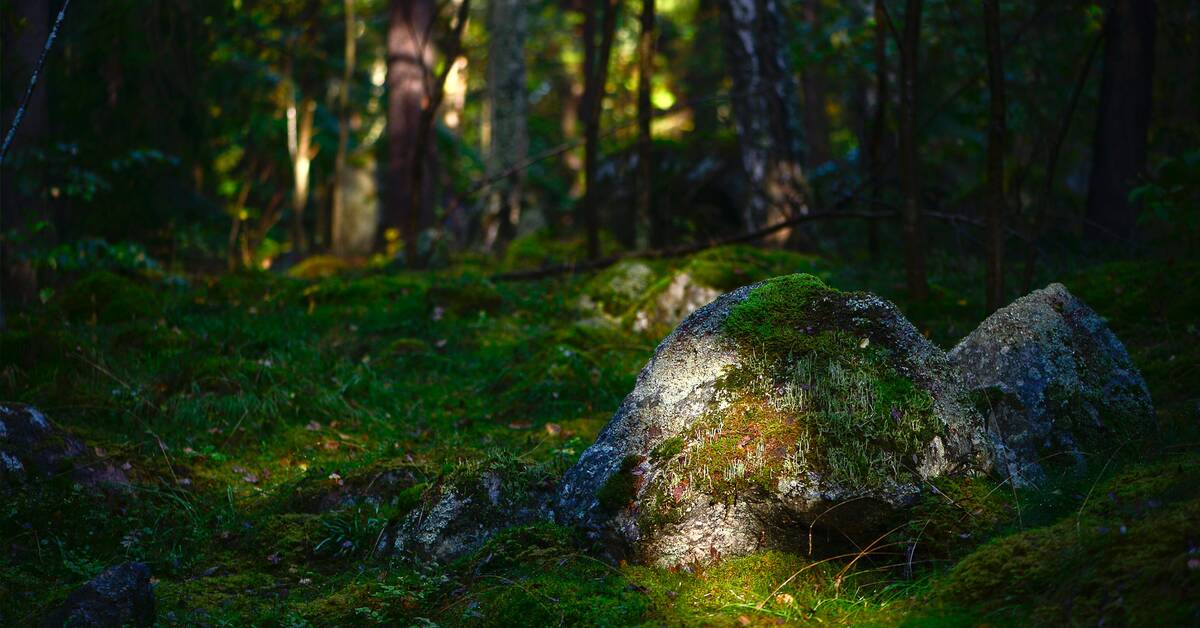There are at least 300,000 different species of fungi around the world that have no names, and unfortunately they are not really known either. They are called dark fungi and the noticeable trace they leave behind is in the DNA of soil samples. Henrik Nilsson is a biologist at the University of Gothenburg and has in an article described that a large part of the fungal kingdom consists of dark biodiversity.
"We can assume that many of the fungal species have important ecological functions," says Henrik Nilsson.
Meets resistance
The regulations governing the right of mushrooms to be named assume that it is something that can be picked on a forest walk or that can be grown in a laboratory. Attempts to change the regulatory framework have failed.
"The group that is against giving fungal species DNA-based names thinks that there must be something more than a DNA sequence to name the species with a scientific name," says Hanna Johannesson, mycologist at Stockholm University.
Ahead of the International Mushroom Congress in the Netherlands next year, Henrik Nilsson has high expectations. He hopes that a debate will be started in this area.
"This is our reality. That most things in biological life are things that we do not see with the naked eye and thus do not have names, says Hanna Johannesson.

